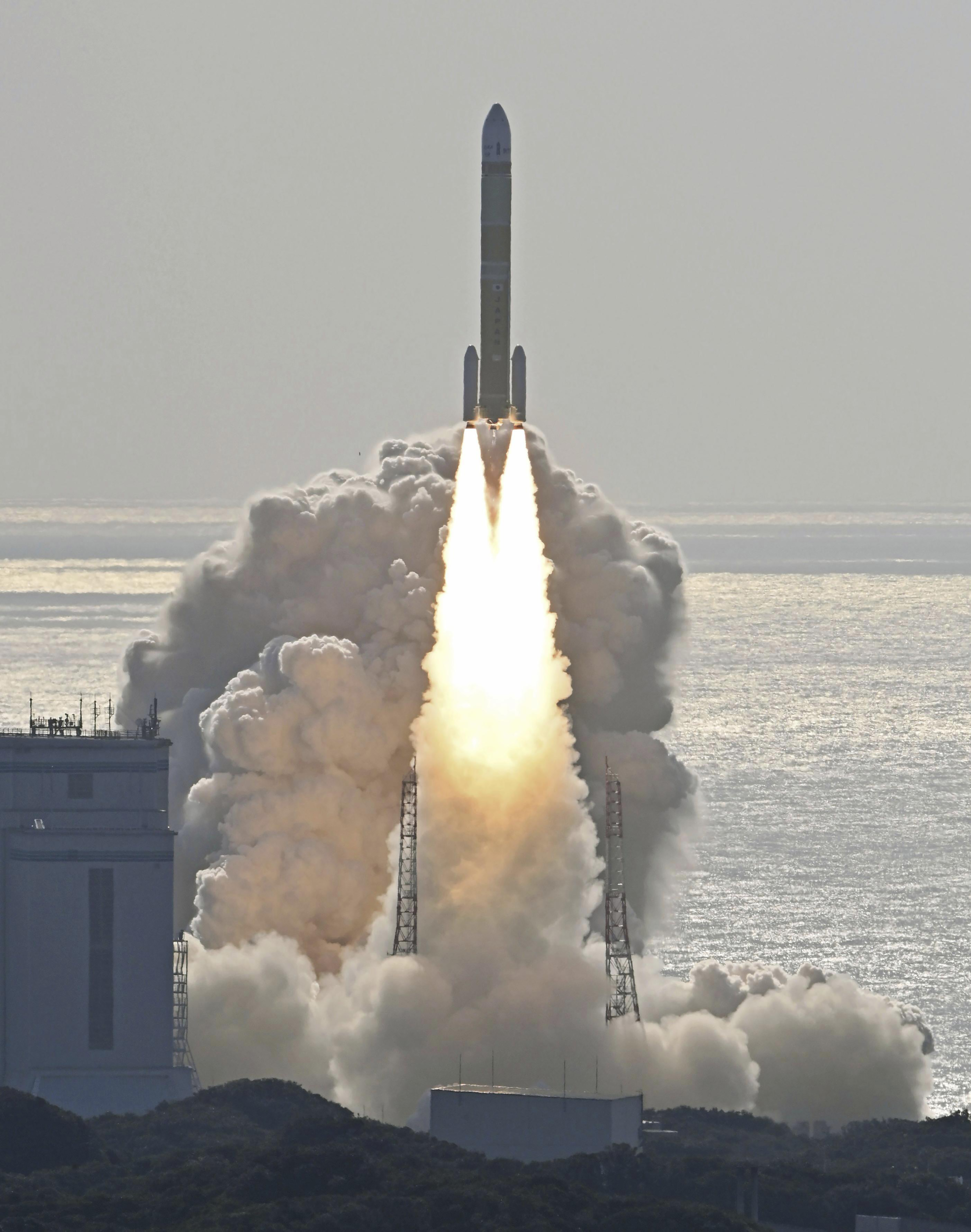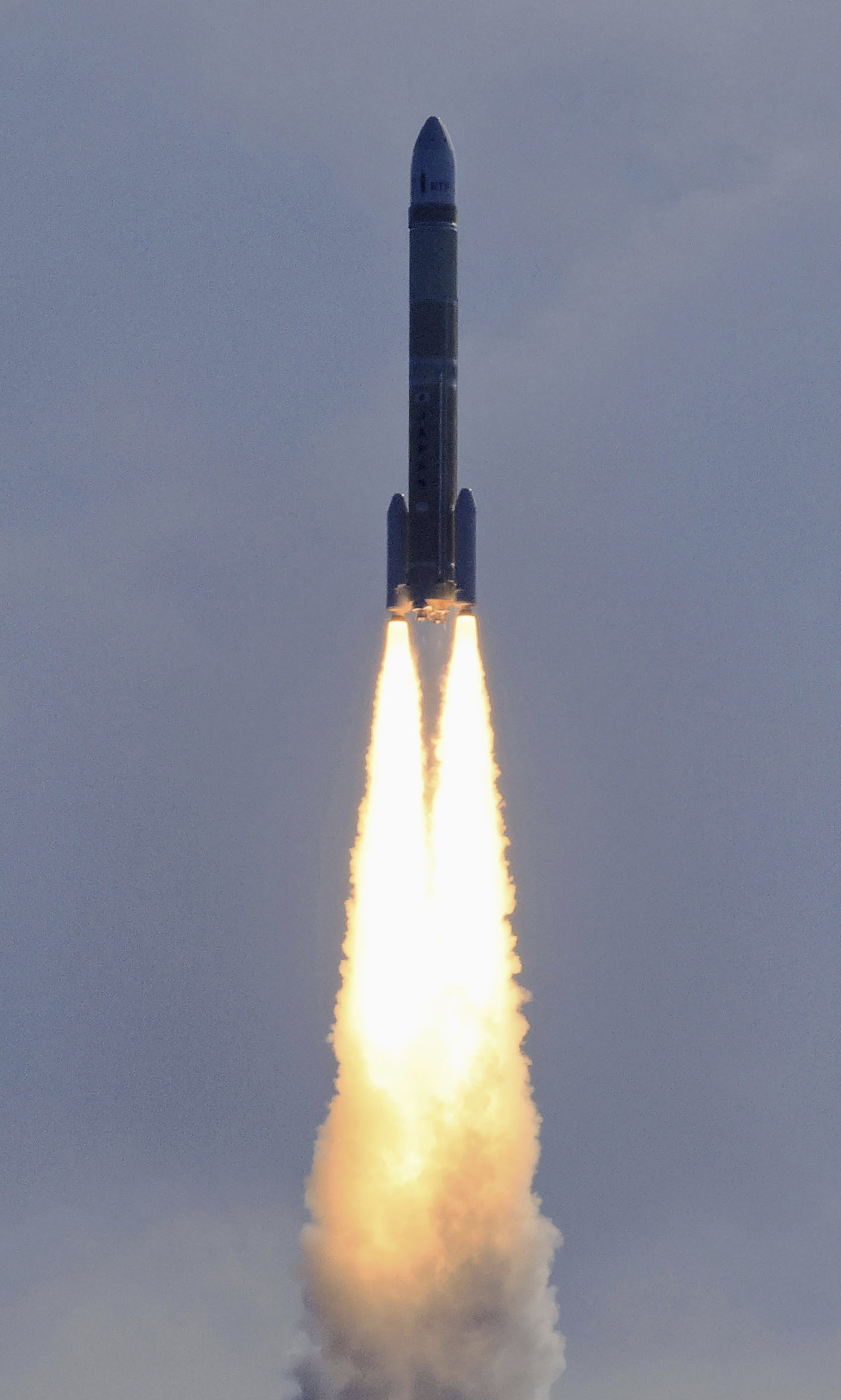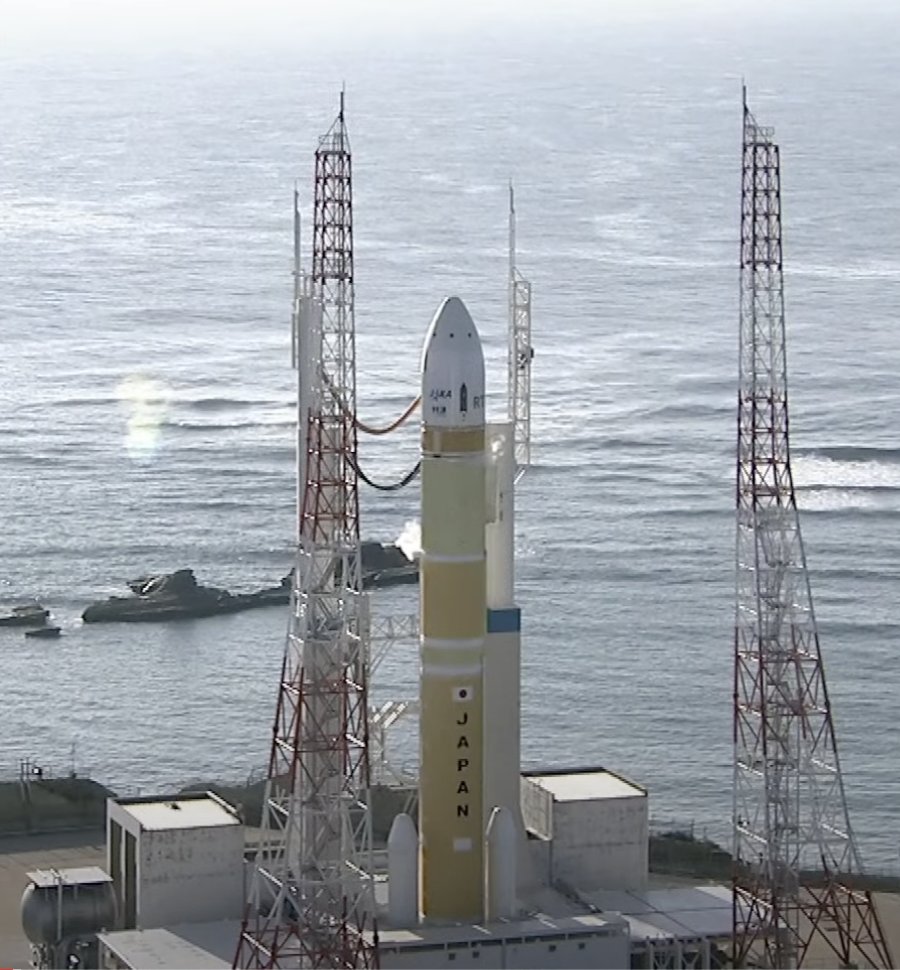TOKYO: Japan’s new flagship H3 rocket was successfully launched today, after a failed launch last year.
The next-generation H3 rocket is designed to carry larger payloads than the H2A to become globally competitive.
A foreign news agency According to the report Japan successfully launched its new H3 flagship rocket on Saturday, putting its space program back on track after a series of setbacks, including a failed launch flight of the rocket last year.
The Japan Aerospace Exploration Agency (JAXA) launched the second H3 Launch Vehicle (H3TF2) at 9:22:55(JST)* on February 17, 2024 from the Tanegashima Space Center.
Thank you for your continued support!#JAXA #H3 #H3rockethttps://t.co/rJgTzLn80h pic.twitter.com/imMvrPh2nT— JAXA (Japan Aerospace Exploration Agency) (@JAXA_en) February 17, 2024
The launch also marks the second consecutive win for the Japan Aerospace Exploration Agency after its Smart Lander of Investigation Moon (SLAM) achieved “Pine Point” last month, making Japan only the fifth country to land a spacecraft on the moon. .
A relatively small rocket in space in terms of the number of launches, Japan is doing everything possible to make its program a success as it partners with its ally the United States to compete with China.
The H-3 rocket took off at 9:22 a.m. local time. Scientists and employees at the Tanega-Shima Space Center in southern Japan cheered loudly as the rocket successfully reached its destination. They also hugged each other in happiness.


In a statement, a spokesman for the Japan Aerospace Exploration Agency, or JAXA, said the rocket’s initial flight went smoothly as planned and it successfully launched the first of two small payloads.
The H3 rocket, designed to carry a 6.5 metric ton payload into space, was produced for just five billion yen ($33 million), half the cost of the previous rocket.


While agency officials are confirming the status of other satellites, the agency also plans to put two observational microsatellites into orbit.
According to the report, the Japanese government plans to launch about 20 satellites and probes with the H3 rocket by 2030 for domestic use.
H3 is to provide a lunar explorer for the joint Japan-India LUPEX project in 2025, as well as a cargo spacecraft for the future US-led Artemis lunar exploration program.
Demand for satellite launches is skyrocketing thanks to the rise of affordable commercial vehicles like SpaceX’s reusable Falcon Nine, and several new rockets are being tested this year.
Comments
(function(d, s, id) {
var js, fjs = d.getElementsByTagName(s)[0];
if (d.getElementById(id)) return;
js = d.createElement(s); js.id = id;
js.src = “//connect.facebook.net/en_US/sdk.js#xfbml=1&appId=1763457670639747&version=v2.3”;
fjs.parentNode.insertBefore(js, fjs);
}(document, ‘script’, ‘facebook-jssdk’));




